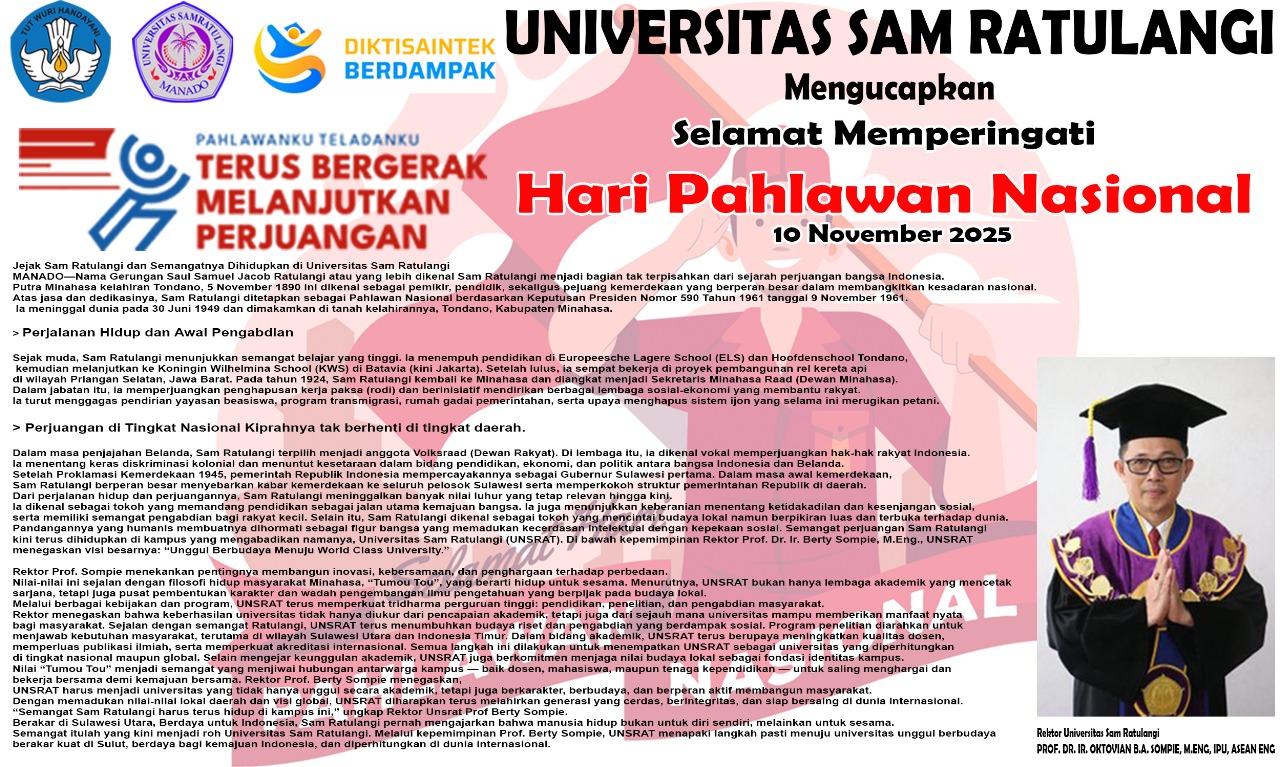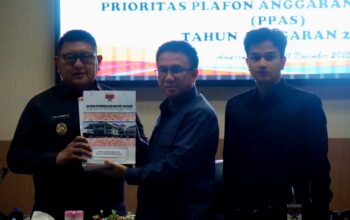In the rapidly evolving landscape of digital entertainment, the integration of adjustable speed modes within games has become a pivotal feature that balances engaging gameplay with educational potential. Speed modes—settings that allow players to modify the pace of game actions—are not just about making the game faster or slower; they serve as powerful tools to tailor the gaming experience for diverse learning objectives and entertainment preferences.
1. Introduction to Speed Modes in Gaming
a. Definition and overview of speed modes
Speed modes refer to adjustable settings within a game that control the rate at which game events unfold. These can include options like slow-motion, normal speed, or accelerated gameplay. By providing players with control over pacing, developers enable a tailored experience that can adapt to skill levels and learning needs.
b. The importance of adjustable pace in enhancing player engagement
Adjustable paces keep players engaged by preventing boredom during slower phases and reducing frustration during challenging segments. For example, slowing down during complex puzzle sections allows players to analyze their options, while speeding up during routine tasks maintains excitement and flow.
c. How speed modes contribute to balancing challenge and accessibility
Speed modes serve as a bridge between challenge and accessibility. Novice players can opt for slower speeds to learn mechanics comfortably, while experienced players may choose faster modes to test their reflexes. This dynamic fosters an inclusive environment that encourages continuous improvement.
2. Educational Value of Speed Modes in Learning through Games
a. Facilitating adaptive learning and personalized pacing
Speed modes enable adaptive learning by allowing players to control the difficulty curve. For example, in educational games, slowing down the pace during new concepts helps learners internalize information, while faster speeds can reinforce mastery once familiarity is achieved.
b. Enhancing cognitive skills such as reaction time and decision-making
Varying game speeds trains cognitive faculties. Faster modes challenge reaction times, while slower modes improve decision-making accuracy. Research indicates that players who frequently switch speeds develop better multitasking skills and agility in problem-solving.
c. Encouraging experimentation and exploration through varied speeds
Experimenting with different speeds fosters exploration and curiosity. For example, in puzzle-based educational games, players might discover new strategies by toggling speeds, leading to deeper understanding and engagement.
3. Psychological and Motivational Aspects of Speed Modes
a. How speed adjustments influence player motivation and flow state
Adjusting speeds helps maintain players’ flow state—a psychological condition of deep immersion. Slower speeds during challenging phases reduce anxiety, while faster speeds during successful tasks boost confidence and motivation.
b. The role of challenge escalation in sustaining interest
Gradually increasing game speed acts as an effective challenge escalation strategy. This aligns with the concept of the Zone of Proximal Development, where learners are most engaged when tasks are slightly beyond their current skill level, encouraging growth.
c. Managing frustration and mastery via controlled speed changes
Careful control of speed adjustments prevents frustration, allowing players to experience mastery and build confidence. For instance, in complex simulations or strategy games, slowing down during critical moments helps players understand and learn from their mistakes without feeling overwhelmed.
4. Technical Mechanics of Speed Modes and Their Impact on Gameplay
a. Implementation of speed controls and customization options
Modern games incorporate intuitive sliders, buttons, or toggles for speed control. For example, some titles offer preset modes (slow, normal, fast), while others allow granular adjustments, empowering players to find their optimal pace.
b. Examples of automatic and manual speed adjustments
Automatic adjustments adapt speed based on game context or player performance, such as slowing down during complex decision points. Manual controls enable players to switch speeds actively, fostering autonomy and personalized pacing.
c. The integration of stop conditions in autoplay features for better learning control
Autoplay modes with stop conditions—like pausing after a certain number of moves or upon achieving a specific score—allow learners to observe and analyze gameplay strategically, enhancing understanding and retention.
5. Case Study: Aviamasters and the Role of Speed Modes in Game Rules
a. Overview of Aviamasters’ gameplay mechanics and speed settings
Aviamasters exemplifies how modern educational games incorporate flexible speed controls. Its mechanics include adjustable game speeds, starting with a multiplier at ×1.0, allowing players to modulate the pace to suit their learning or entertainment goals.
b. How speed modes influence learning outcomes within the game
By enabling players to slow down during complex scenarios, Aviamasters helps internalize strategies and rules. Conversely, faster speeds promote quick thinking, reinforcing decision-making skills under pressure.
c. Specific features such as the multiplier starting at ×1.0 and their educational implications
The initial multiplier sets a baseline for scoring and progress, encouraging players to experiment with speed adjustments to optimize their learning and performance. This feature demonstrates how game design can subtly guide players toward strategic thinking.
d. Autoplay customization: stop conditions and their role in strategic learning
In Aviamasters, autoplay options include stop conditions such as pausing after specific moves or time lapses. These tools help players analyze their actions methodically, fostering a deeper understanding of game mechanics and decision-making processes. For detailed rules and features, see Avia Masters —.
6. Non-Obvious Benefits and Considerations of Speed Modes in Games
a. Enhancing problem-solving skills through speed variation challenges
Switching speeds challenges players to adapt their problem-solving approaches dynamically. For instance, in puzzle-based learning games, accelerating speed during routine steps and slowing down for complex analysis enhances cognitive flexibility.
b. Promoting sustained attention and focus over prolonged gameplay
Controlled speed variations help maintain engagement during long sessions, preventing fatigue and sustaining concentration. This is particularly effective in educational contexts where deep focus is necessary.
c. Potential pitfalls: over-reliance on speed and its effect on learning
Excessive speed may lead to superficial learning, where players prioritize quick answers over comprehension. Balancing speed adjustments with deliberate reflection is essential for meaningful educational outcomes.
7. Designing Effective Speed Modes for Educational and Fun Purposes
a. Best practices for implementing adjustable speeds in game design
- Provide clear, intuitive controls for speed adjustments
- Offer preset modes alongside granular sliders for customization
- Allow quick toggling to maintain flow without disrupting gameplay
b. Balancing difficulty progression with player comfort
- Gradually introduce faster speeds as players improve
- Incorporate tutorial levels demonstrating speed options
- Monitor player feedback to adjust difficulty curves
c. Leveraging examples like Aviamasters to illustrate effective design choices
Aviamasters showcases how starting with a neutral multiplier and offering customizable autoplay stop conditions creates an environment conducive to strategic learning. Such design principles can be adapted across educational game genres to enhance both fun and learning.
8. Future Trends and Innovations in Speed Modes for Educational Gaming
a. Adaptive AI-driven speed adjustments based on player performance
Emerging technologies aim to personalize gameplay further by utilizing AI to modify speeds in real-time, matching players’ cognitive load and skill levels. This approach enhances engagement and maximizes learning efficiency.
b. Integration of feedback systems to optimize learning and fun
Feedback mechanisms, such as performance analytics and adaptive challenges, can inform speed adjustments dynamically, promoting a more tailored educational experience.
c. Potential for cross-disciplinary applications beyond gaming
Speed modulation concepts extend to fields like training simulations, language learning, and cognitive therapy, demonstrating the broad applicability of this approach in fostering skill development and engagement.
9. Conclusion: The Synergy of Speed Modes, Learning, and Fun
Incorporating adjustable speed modes in games bridges the gap between entertainment and education. When thoughtfully implemented, they allow players to learn at their own pace, develop crucial cognitive skills, and enjoy a stimulating experience. Modern game designs, exemplified by platforms like Avia Masters —, demonstrate how strategic use of speed controls can foster meaningful learning while maintaining fun.
“Effective use of speed modes in educational games transforms passive play into an active, strategic learning process—making education engaging and adaptable to individual needs.”
As the gaming industry continues to innovate, the focus on integrating adaptive, user-centered speed controls promises to elevate both the educational value and enjoyment of digital games. Developers and educators are encouraged to leverage these tools to create impactful learning experiences that are as fun as they are instructive.

















